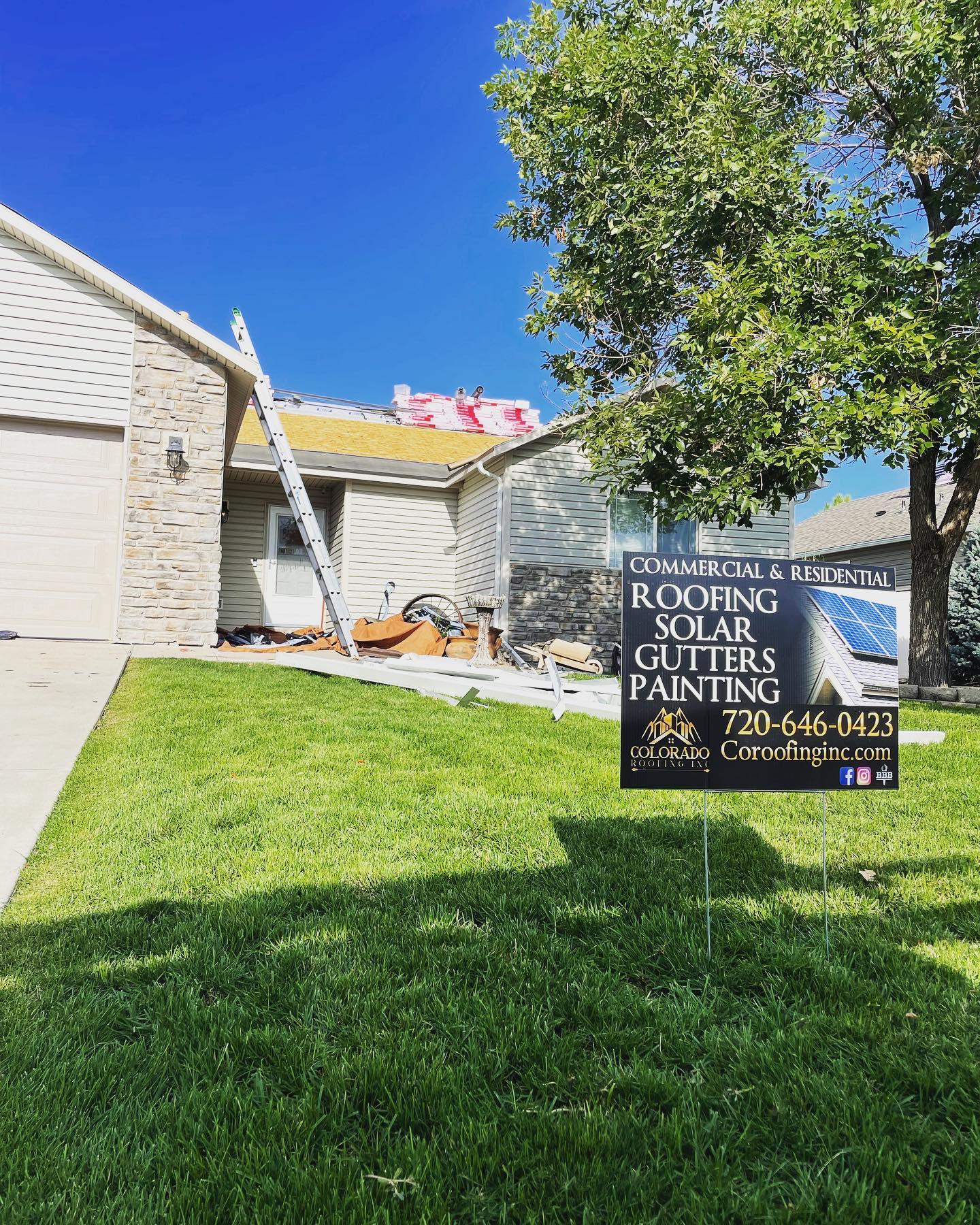


Why choose Colorado Roofing?
There's a reason Colorado Roofing is the go-to residential and commercial roofers serving Colorado and the Highlands. Property owners trust us because:
1. Our team has over 25+ years combined experience
2. We're properly licensed
3. We pay attention to detail
4. We take pride in doing quality work
5. We offer convenient financing options
Arrange for commercial or residential roofing services by contacting us today. We're standing by to help with all your roof-related needs.
Residential Roofing
Call on our residential roofer to repair your hail damage.
Solar
Make your home more energy efficient with new solar panels.
Commercial Roofing
You can trust our commercial roofer to restore your worn-out roof.
Gutters
Protect your property by installing new gutters and downspouts.
Check out our lineup of
essential services
If you want to improve the energy efficiency and security of your property, reach out to us. You can trust our commercial and residential roofers to provide:
Is Your Roof in Worn Shape?
Turn to a residential roofer serving North Denver and surrounding areas
Colorado Roofing has years of experience installing and repairing roofs in Denver, CO and surrounding areas including Boulder, Erie, Fort Collins and Greeley, CO. From TPO roof installations to hail damage roof repairs, our capable crew can do it all.
Discuss your need for roof installations or repair services with a commercial or residential roofer today.
